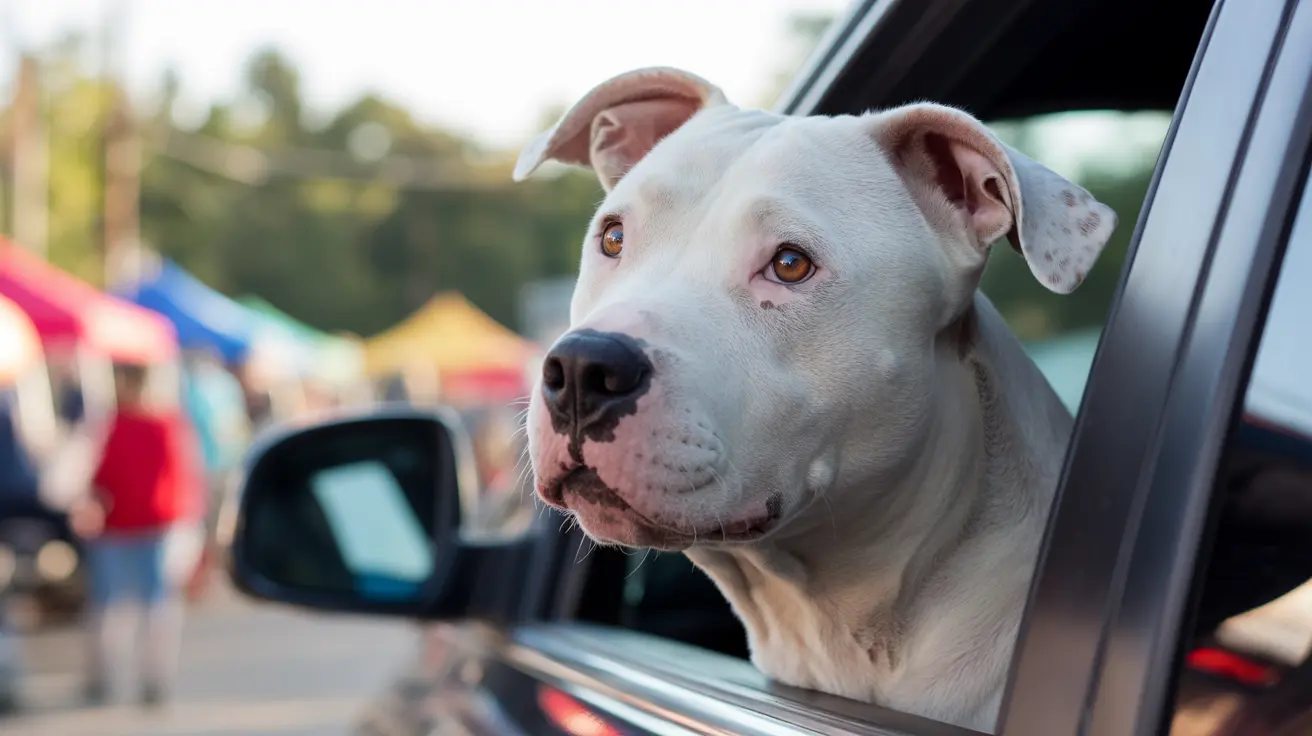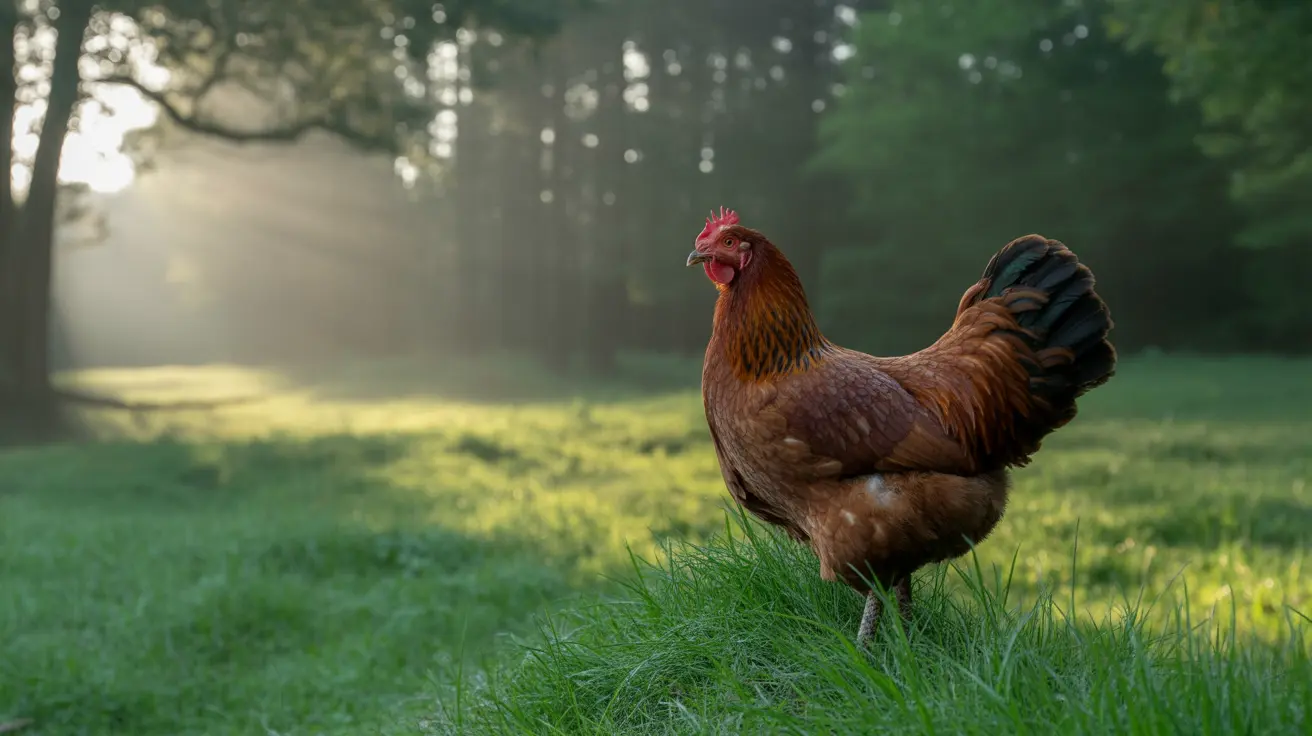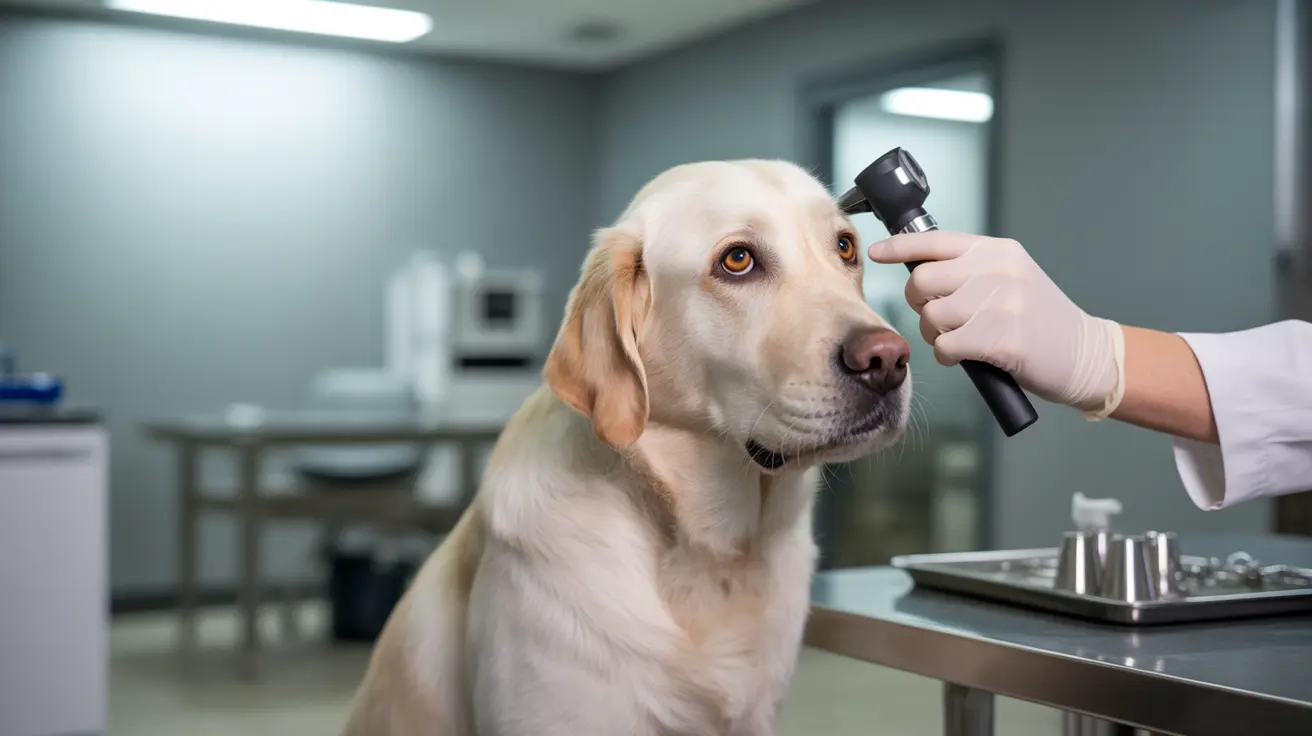A potential federal government shutdown is raising serious concerns about a surge in pet surrenders, as families relying on SNAP food benefits may face impossible choices between feeding themselves and caring for their beloved companions. According to officials at Longview PAWS, the ripple effects of suspended government assistance could create a devastating impact on both pet owners and animal shelters across the country.
When federal funding for essential programs like SNAP (Supplemental Nutrition Assistance Program) faces disruption, the consequences extend far beyond human nutrition. Pet-owning families who depend on these benefits often find themselves in heartbreaking situations where they can no longer afford to properly care for their animals, leading to difficult decisions about pet surrender.
Understanding the SNAP and Pet Food Gap
While SNAP benefits cannot legally be used to purchase pet food or supplies, many low-income families stretch their food budgets to ensure their pets are fed. When these crucial benefits are interrupted during a federal government shutdown, families lose their primary means of affording groceries, creating an even tighter squeeze on household resources.
The connection between food insecurity and pet care challenges is well-documented. Families experiencing financial hardship often view their pets as family members and will go to great lengths to keep them fed and healthy. However, when faced with choosing between human necessities and pet care expenses, many reluctantly turn to animal shelters as their only option.
Pet Surrenders Due to SNAP Cut: A Growing Crisis
Animal shelters nationwide have observed patterns linking economic downturns and government assistance disruptions to increased pet surrenders. When feeding pets in food insecure households becomes impossible, shelters like Longview PAWS prepare for an influx of animals whose families can no longer provide basic care.
This anticipated surge places additional strain on already overcrowded facilities. Animal shelter overcrowding becomes a cascading problem, affecting the quality of care shelters can provide and potentially leading to difficult decisions about animal welfare and euthanasia rates.
Emergency Pet Food Aid and Community Support
Recognizing the critical need for assistance for low-income pet owners, many communities have developed innovative solutions. Pet food assistance programs have emerged as vital resources, offering everything from pet food donations to comprehensive support services for families in crisis.
Local organizations often partner with food banks, veterinary clinics, and community groups to create safety nets for pet owners facing temporary financial difficulties. These programs understand that keeping pets during economic crisis requires coordinated community effort and compassionate support systems.
Finding Pet Food Donations Near Me
Pet owners facing food insecurity should know that help is available. Many areas offer pet food banks, emergency assistance programs, and community-driven initiatives specifically designed to prevent pet surrenders due to financial hardship. Local animal shelters, veterinary offices, and community centers often maintain lists of available resources.
Longview PAWS and Shelter Support Initiatives
Organizations like Longview PAWS understand that prevention is more effective than reaction. By identifying at-risk pet owners early and providing targeted support, shelters can help families maintain their bonds with their pets while working through temporary financial difficulties.
The Longview Animal Care and Adoption Center, along with similar facilities, often serves as more than just a shelter – they become community resources offering guidance, supplies, and connections to additional support services for struggling pet owners.
Frequently Asked Questions
How could a federal government shutdown impact my ability to feed my pet?
While SNAP benefits cannot directly purchase pet food, many families rely on these benefits to free up household income for pet care expenses. A shutdown disrupting SNAP funding could force difficult budget choices between human and pet necessities.
Can SNAP benefits be used to buy pet food or supplies?
No, SNAP benefits cannot legally be used to purchase pet food, supplies, or veterinary care. However, these benefits help families afford human food, which can indirectly support their ability to care for pets with other household resources.
What local resources are available for pet owners struggling to afford pet food during economic hardships?
Many communities offer pet food banks, emergency assistance programs, and partnership initiatives between shelters, food banks, and veterinary clinics. Contact your local animal shelter, community center, or search online for "pet food assistance" in your area to find available resources.
Conclusion
The potential connection between federal government shutdown pet impact and rising shelter populations highlights the complex relationship between economic policy and animal welfare. As families face uncertainty about SNAP food benefits and other essential services, communities must work together to prevent unnecessary pet surrenders and support the human-animal bond during challenging times.
By understanding these connections and supporting local pet assistance programs, communities can help ensure that temporary financial difficulties don't result in permanent family separations. Every effort to keep pets with their loving families during economic hardship represents a victory for both animal welfare and community resilience.






